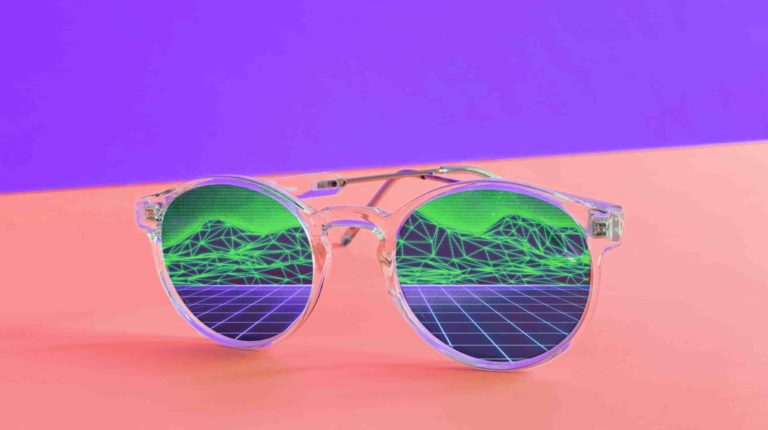
It’s probably inevitable. Though many metaverse proponents argue that it should not be an ad-supported environment, brand marketers are already salivating and developing a playbook. From the Trade Desk’s push into in-game advertising to IAB’s decision to update its in-game measurement guidelines, the foundation of what will eventually become the metaverse advertising market was laid in 2022. Now, as we enter 2023, what comes next?
The rise of the metaverse is leading to an influx of companies looking to attract ad dollars from brands interested in trying out the latest trend. Ad industry players and game developers who’ve been operating in virtual environments for previous cycles have a clear leg up on the competition, and many are leveraging that expertise to reach virtual consumers on behalf of brand clients.
Video game advertising is an elusive market, and it has been for many years. While eMarketer values the video game ad business at more than $8 billion—representing nearly 6 percent of the estimated $140 billion global digital ad market—there’s still a general feeling that video game advertising is largely untapped.
With the metaverse continuing to develop – albeit slowly and still undefined – brand marketers are eager to test the waters. This means pushing boundaries beyond static marketing formats such as display ads to create seamless user experiences that weave throughout gaming environments in physical and virtual ways.
Here are four ways this could all play out in 2023…
1. Dynamic in-game ads will be integrated through non-interruptive avenues.
In the same way that digital out-of-home (DOOH) ads display on top of taxis in the real world, dynamic ads could become commonplace in video games played within the metaverse in 2023. For example, people playing Grand Theft Auto might see ads on top of virtual taxis appearing in the game, along with other types of in-game product placements. This is somewhat different from the sponsorship opportunities already available in the metaverse, such as virtual billboards from Coca-Cola and Samsung placed throughout video games like Football Manager, or the in-game audio ads from Nas that played in Fortnite earlier this year.
As dynamic in-game ads get integrated more deeply into the metaverse, brands will find better opportunities for their ads to be personalized, so they are relevant to both the game and the player based on real-time factors.
2. Campaigns will dip into both the physical and digital worlds.
Today’s OOH ads blend seamlessly into our daily environments in the physical world. As more developers integrate augmented reality into the metaverse, these same OOH ad opportunities will carry over into virtual environments. For example, last year Ocean Outdoor and LandVault partnered on a “dual-world” DOOH campaign that involved running retailer’s ads throughout England and the metaverse concurrently. These types of collaborative opportunities to connect physical and digital worlds are likely to become more mainstream in 2023, particularly as more marketers shift their ad presence within the metaverse.
3. DSPs will evolve to include virtual spaces.
Whether they’re advertising in the metaverse or the web, the basic needs of brands don’t change. Advertisers still need a way to reach the right users at the right time, and they need a way to integrate creatives and measure outcomes. In the coming year, it’s likely that demand side platforms (DSPs) will evolve to include virtual spaces, so they can better meet the needs of advertisers. Eventually there may be DSPs specifically tailored to the metaverse. The shift is already underway, with companies like War Room offering advanced programmatic technology to deliver metaverse advertising.
4. Advertisers will hyper-target content.
Within the metaverse, advertisers have the ability to hyper-target content based on the relevant information users provide to game developers. By combining age, location, and gender with data provided by the game developers, such as playtime and how long a player looks at specific in-game screens, brands can create hyper-personalized content designed to elicit specific responses. These capabilities are already here. What stands to change in 2023 is a greater interest among brands in utilizing the technology to deliver more relevant, functional, and high-performing campaigns. In 2023, we’re also likely to see more interactive elements layered on top of hyper-targeted ads, so brands can engage consumers and encourage them to complete certain actions without having to leave their virtual worlds.
 Stephanie Miles is a senior editor at Street Fight. A version of this article previously appeared in Street Fight, reproduced here based on an editorial partnership.
Stephanie Miles is a senior editor at Street Fight. A version of this article previously appeared in Street Fight, reproduced here based on an editorial partnership.






